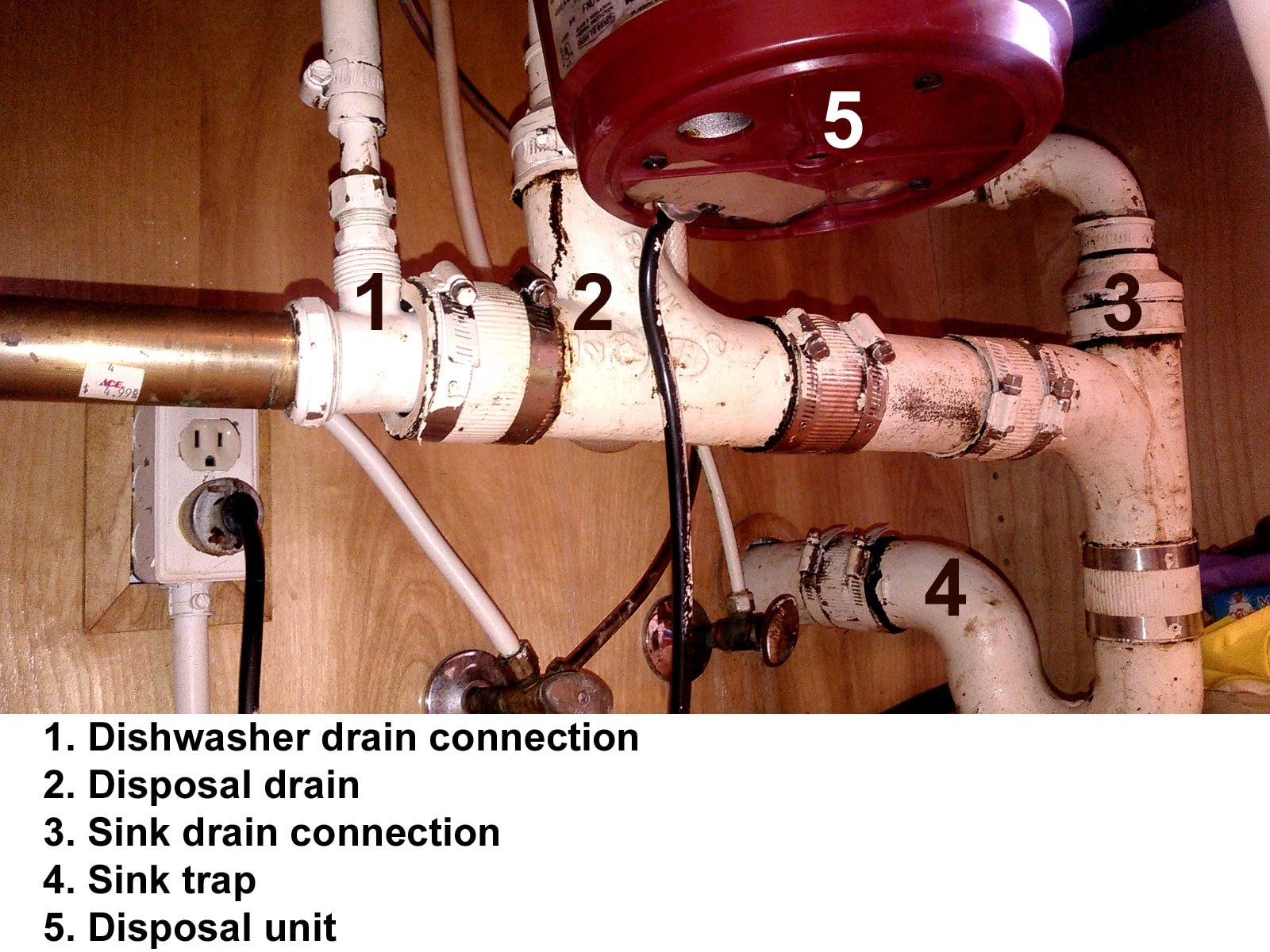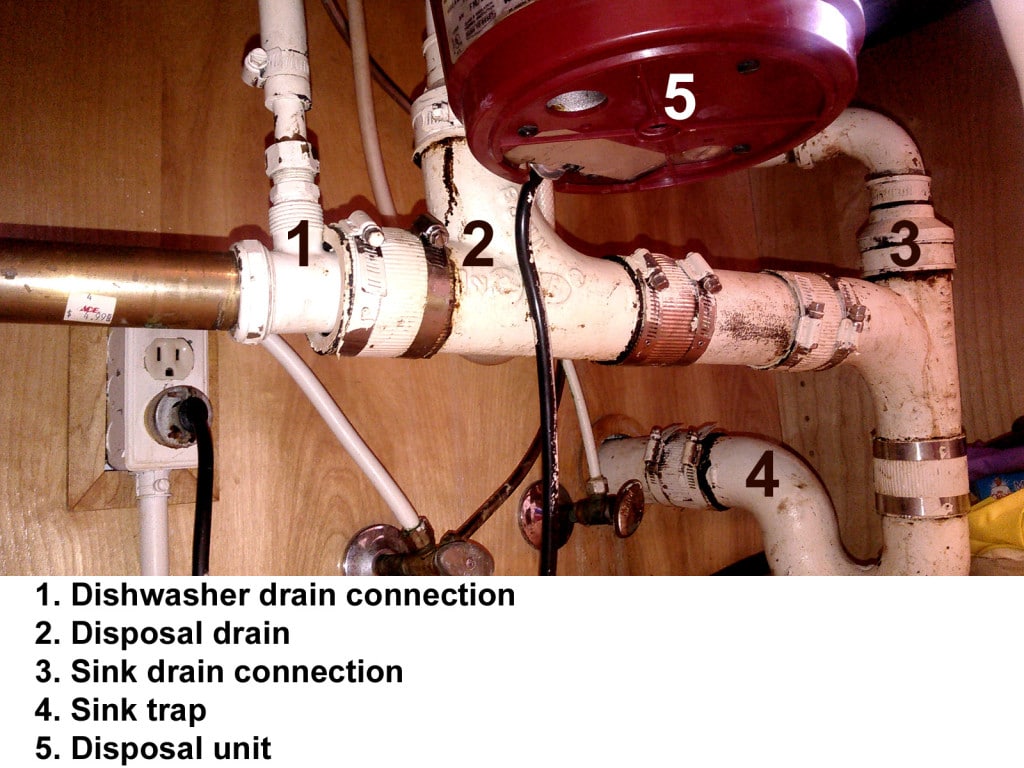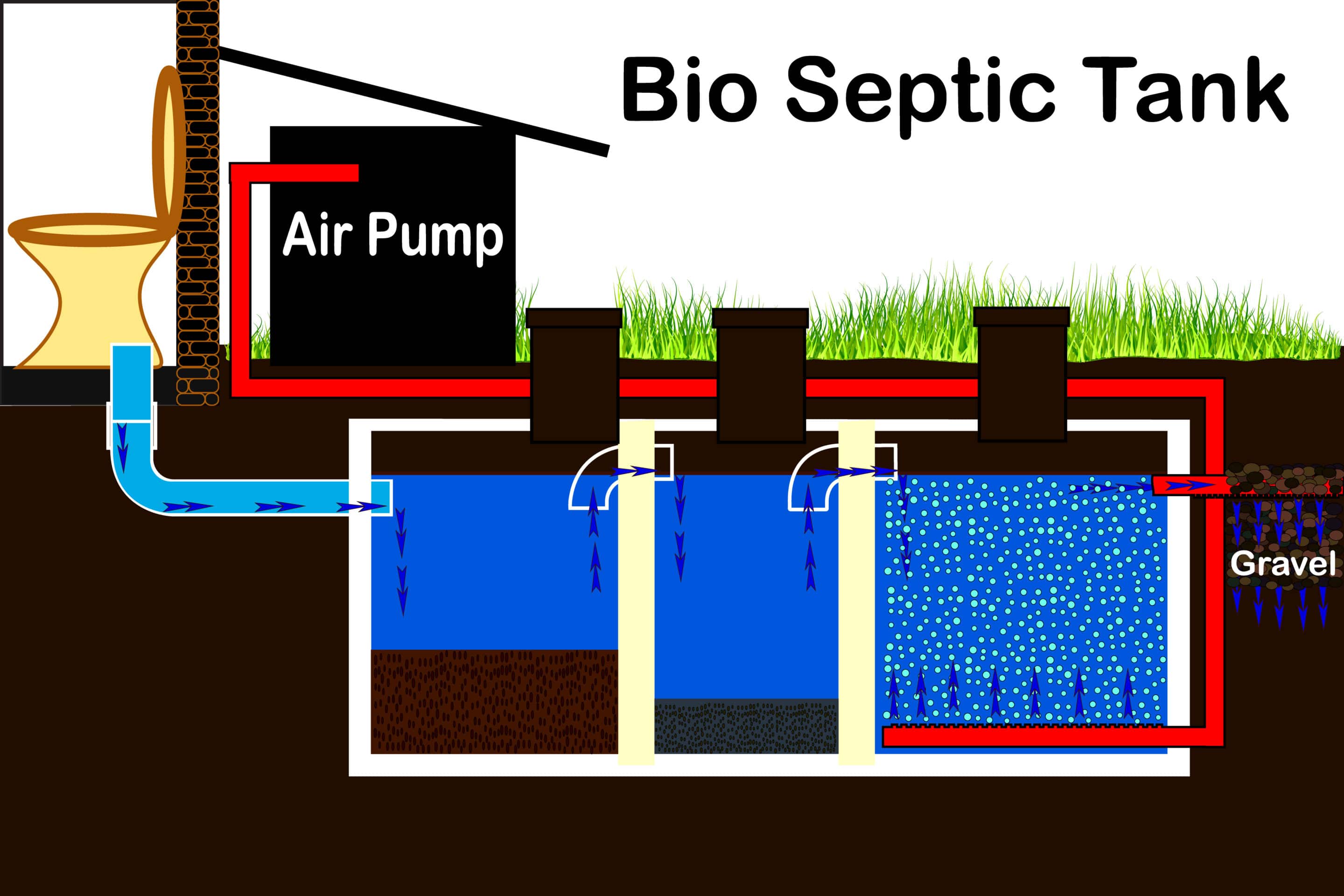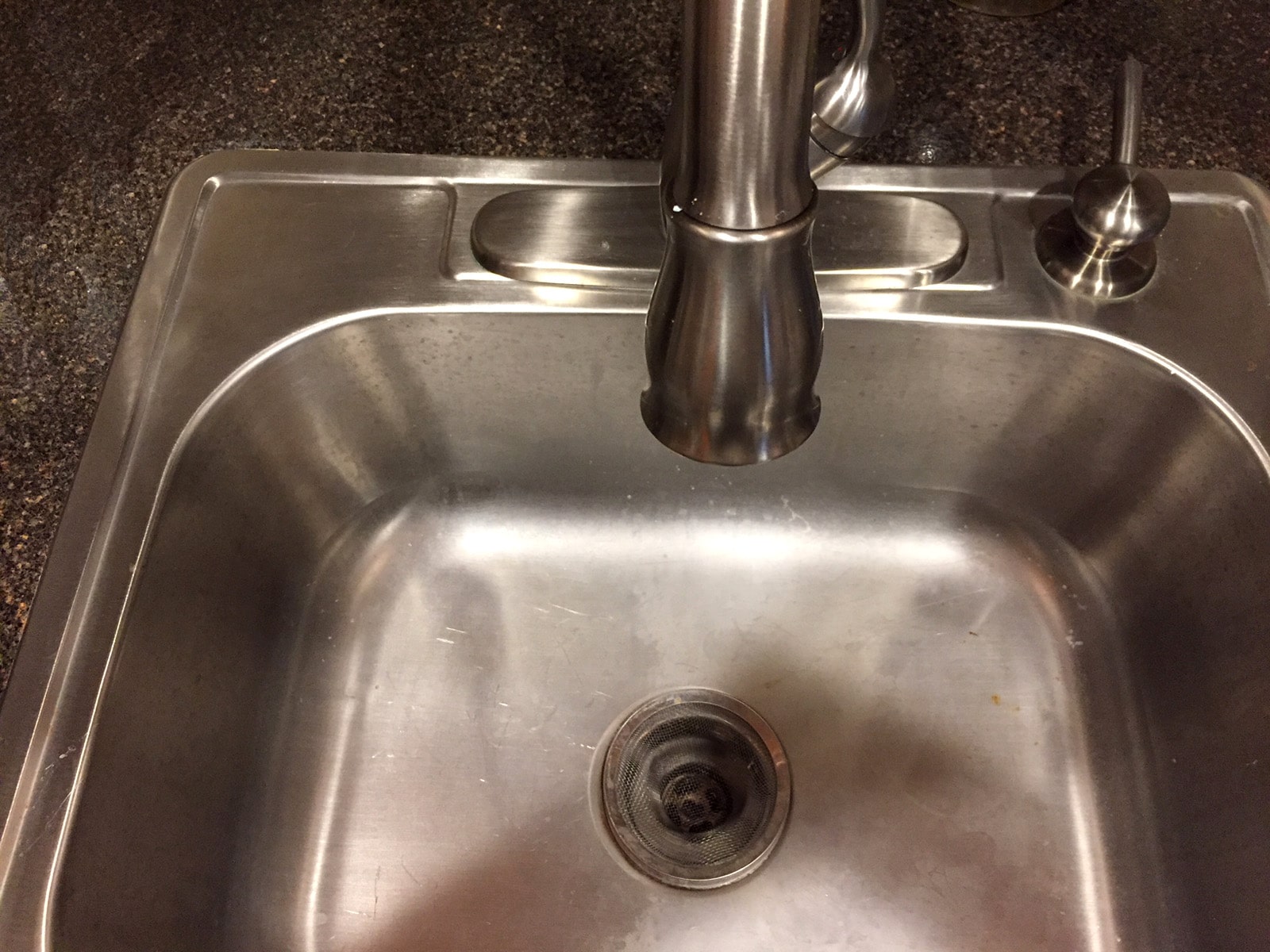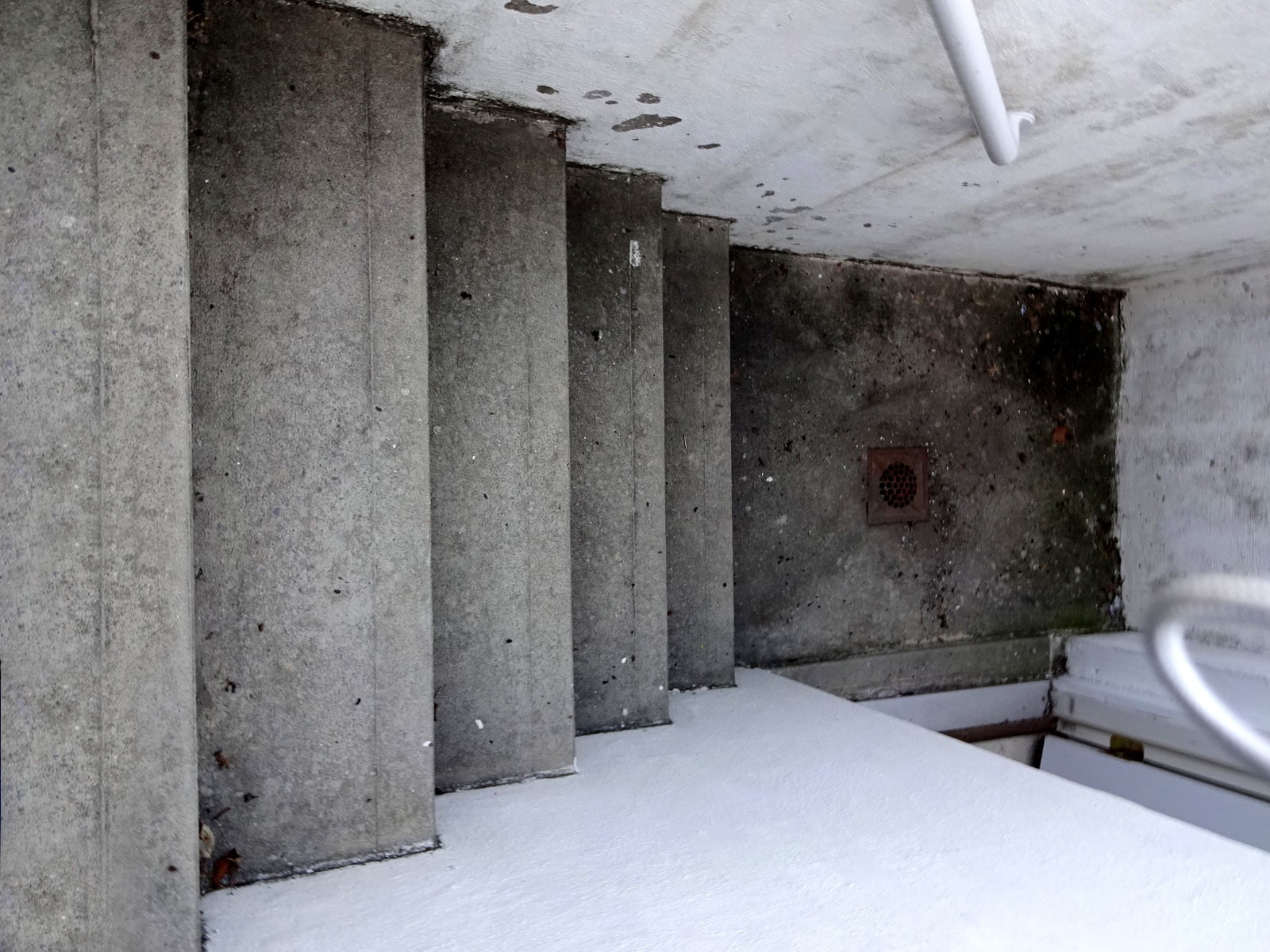Understanding a little bit about your dishwasher can also help prevent a clogged dishwasher drain as well. A dishwasher is basically a robot programmed to perform specific functions that clean and rinse dirty dishes. Human actions are still required to load the dirty dishes, set a proper cleaning cycle, add cleaning solution/detergent, and turn the appliance on. But the dishwasher does almost everything else automatically including:
- Adds clean water
- Heats the water to a certain temperature
- Opens the detergent dispenser
- Shoots the water onto the dishes
- Drains out used water and food particles
- Sprays clean water to rinse dishes
- Drains the water again
- Heats the air to dry off the dishes, depending on user’s setting
Apart from those main functions, modern dishwashers feature a timer to regulate the cleaning cycle, a sensor to detect temperature, and another sensor to maintain proper water levels. Similar to all home appliances, however, it can only work when installed properly. A dishwasher requires a connection to electricity for power, and to the plumbing system for water and drainage. There are 4 common methods of connecting a dishwasher drain to a plumbing: air gap, high loop, connection with garbage disposal, and connection without a garbage disposal. Before installing a dishwasher, check the local plumbing and building code to make sure you do it properly.
Four methods of installing a dishwasher drain
1. Air Gap Method
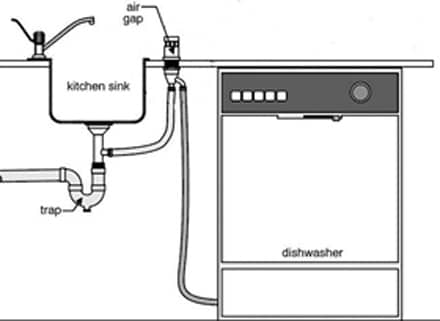
In some areas, the building code dictates that dishwashers should be connected to an air gap installed on the sink. The main function of an air gap is to prevent contaminants from a drain line from entering the potable water system. Thanks to an air gap, there is an unobstructed space between drain outlet and flood rim of the fixture. Without an air gap, there is a possibility (albeit slim) that the drain water flows back into the dishwasher and into the water supply in the case of pressure loss due to damage in the water main, such as a severe leak. An air gap also prevents drain water from backing up into dishwasher when a clogged sink situation occurs. A clogged sink can contain harmful and contaminated items.
2. High Loop Method
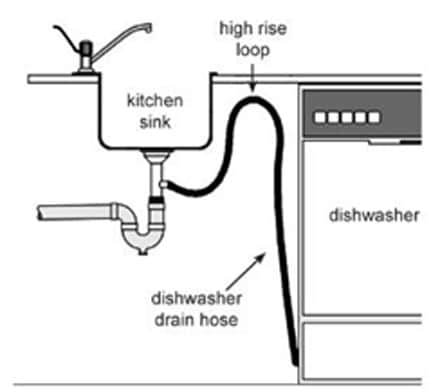
If you are connecting a dishwasher drain to plumbing without an air gap, it is possible to use a high loop method. As the name implies, you need to take the drain line of the dishwasher and attach it to the highest possible spot under the kitchen sink’s counter rim. This method will create a loop out of the dishwasher’s drain hose. Drained water from the dishwasher has to travel upward before it goes downward to the p-trap of the kitchen sink.
It is not as effective as the air gap method, but the loop helps to prevent contaminated water from going back into dishwasher. In areas where this method is allowed by plumbing code, people use the air gap hole for installing another water fixture such as a faucet, water filtration, soap dispenser, or hot water dispenser.
3. Without A Garbage Disposal
The aforementioned methods work either with or without a garbage disposal. If you are trying to connect a dishwasher drain to the plumbing without a garbage disposal, you need to install a y-branch tailpiece on to the sink drain line. With an air gap method, the y-branch should be installed between air gap and sink drain line. When a high loop mode is preferable, go from the dishwasher into y-branch tailpiece. Please put keep in mind that y-branch should be located before p-trap. This allows the sink trap to catch debris, and prevent sewer gases from escaping into your dishwasher.
4. With A Garbage Disposal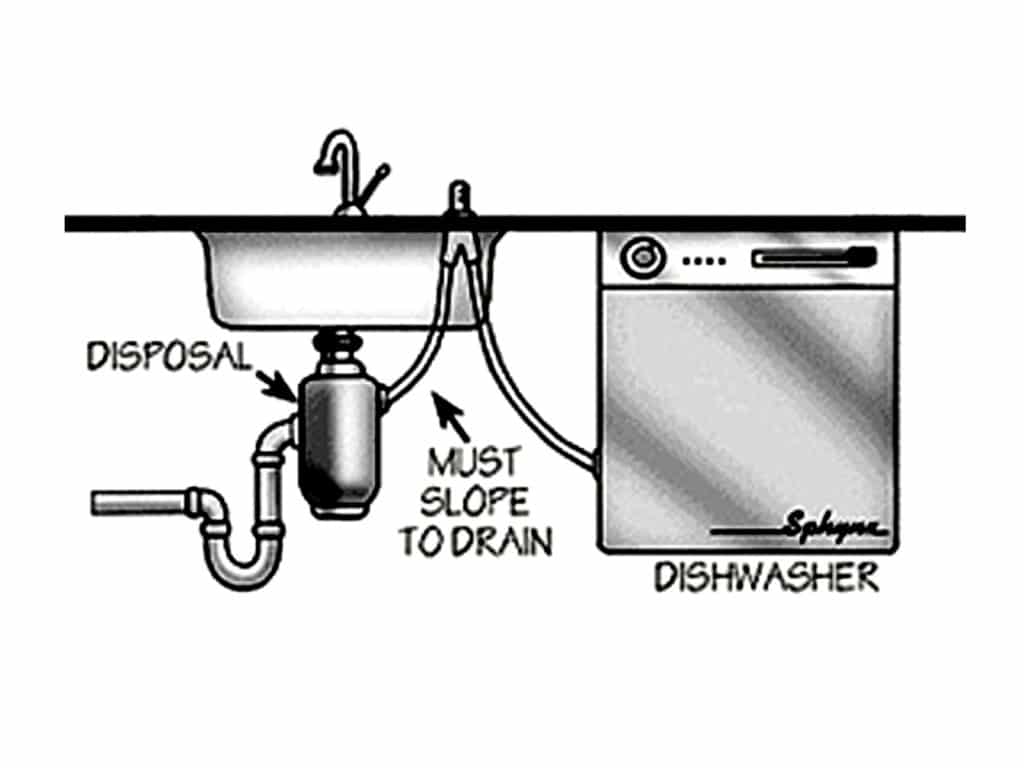
If there is a garbage disposal under the sink, the dishwasher drain connects to the plumbing through the disposer. There is very little difference between installing with and without a garbage disposal. In high loop mode, the dishwasher drain connects directly into the disposer. In air gap mode, the dishwasher drain passes through the air gap before it goes into garbage disposal.
Causes of a clogged dishwasher drain
A dishwasher is one of many home appliances connected to your plumbing drain system, and therefore there is always a possibility of clogging. You may think that the problem is with the machine, that it has to be replaced or repaired, but the plumbing is often the actual culprit. When there is a blockage, water from a dishwasher has nowhere to go but back into the dishwasher again. There are many possible causes for a clogged dishwasher drain , so please do the following inspections:
- Check for a clogged sink.
Because dishwasher and kitchen sink uses the same drain line, you have to make sure that the sink is draining properly. A clogged sink means a clogged dishwasher as well.
- If the dishwasher drain is connected to a garbage disposal
This can be where the problem actually exists. When there is food in the garbage disposer, water doesn’t have enough room to flow freely. To clean debris and any food particles in a garbage disposer, run it thoroughly with plenty of water. If it has to be manually cleaned, make sure there is no chance of it being engaged.
- When you run the dishwasher and find water coming out of the air gap
The blockage is between the garbage disposal and the air gap. To clear an air gap, remove the cap and locate the tube that goes into the disposal. Remove the tube and clear the debris before putting it back to place.
- When cleaning the air gap
You can also see the connection between drain tube and garbage disposal. If there is debris or a blockage at the opening of the disposer, this is the time to attend to the issue. Insert a screw driver or cylindrical brush, move it around to remove the debris.
Preventing a clogged dishwasher drain
All plumbing features can get clogged from time to time. With proper preventive steps however, you can make everything run flawlessly. Periodic cleaning may take time, but it is effective to make sure everything runs properly anytime you use the dishwasher. Preventive maintenance is obviously a cleaner chore than taking care of a clog. Here are 5 easy steps to prevent clogged dishwasher drain.
- Step1
The first common-sense step is to clean and rinse heavy food particles off dirty dishes, and pots and pans, before placing them in your dishwasher.
- Step 2
Before you start using the dishwasher, run hot water through the garbage disposal for at least a minute. Hot water helps to remove remaining grease and food debris in the pipe. It is best to have the disposal running while you do this.
- Step 3
Keep the dishwasher basket clean by using a vinegar solution. Run vinegar through the dishwasher at least once a month.
- Step 4
A clog in the basket is rare, but it does not hurt to check for any debris in the basket occasionally.
- Step 5
Use a non-corrosive drain cleaner periodically if you have hard water. Hard water causes mineral deposits to build up on plumbing, appliances, and fixtures.

